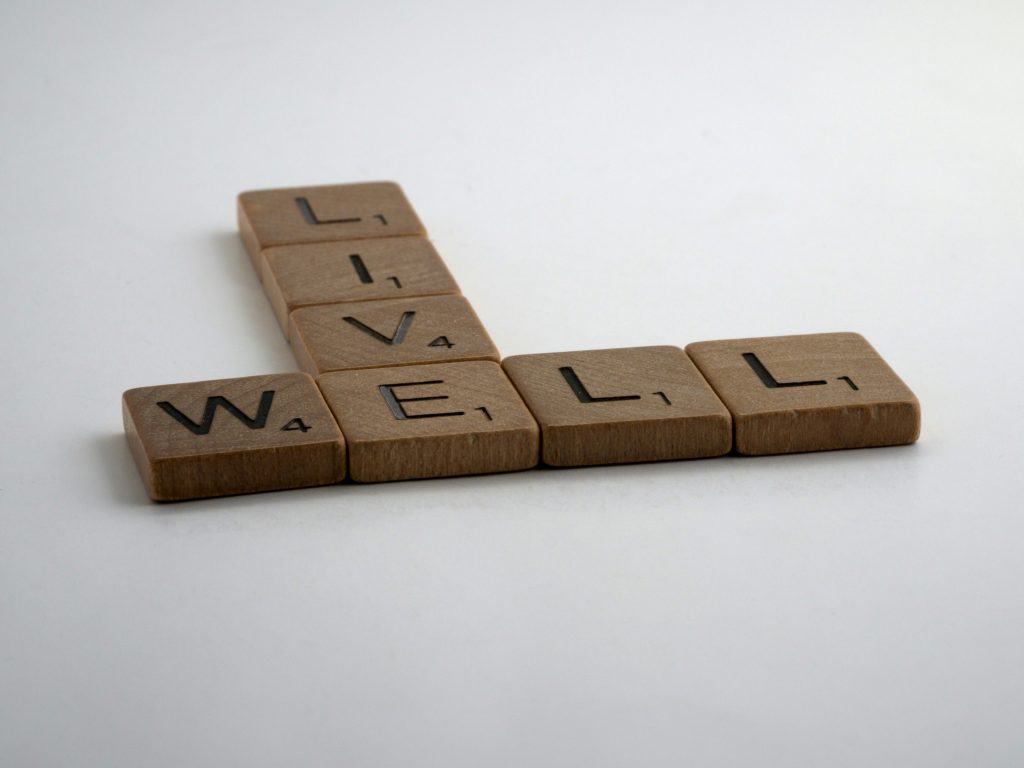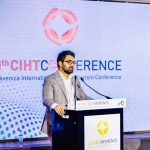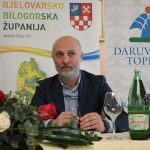March the 19th, 2024 – Croatian public special hospitals now have a much better market position than their rival Slovenian spas, with Croatian wellness excelling visibly.
As Poslovni Dnevnik/Dragana Radusinovic writes, in the midst of an alleged global economic slowdown, the 5.6 trillion US dollar wellness industry is currently excelling. The Global Wellness Institute (GWI) predicts that it will grow by an impressive 8.6 percent annually until 2027 and double the value of the pandemic-dominated year of 2020.
McKinsey’s study dedicated to this year’s trends in the sector of “well-being” or “health and well-being” points out that its biggest consumers are millennials, people aged from 28 to 42, and Generation Z, which consists of young people aged from 12 to 27. They spend the most money on the ‘mindfulness’ subcategory, which includes meditation courses, mindfulness apps and various types of therapy sessions.
A bright future for Croatian Wellness
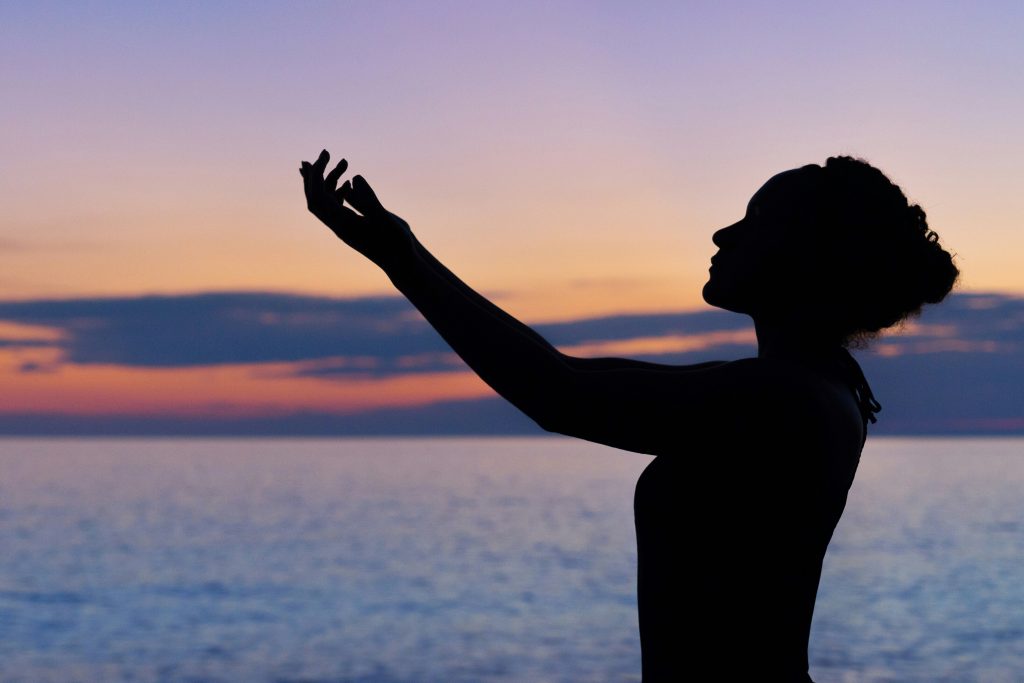
The consumption of these generations points to a bright future for the entire wellness industry, from which expectations are far from negligible for Croatian wellness. This is also true when it comes to this country’s blossoming continental tourism, which is currently entering an infrastructure investment renaissance.
For the first time, money from the national budget and European Union (EU) funds is being poured into the projects launched by various public special hospitals and spas through the Ministry of Tourism programme. All of this effort serves to improve a large part of their commercial content, enabling the healthcare sector to further develop not only Croatian wellness but medical tourism as a whole.
Approximately 60 million euros was approved back at the end of January this year for a series of projects that are working to turn spas into construction sites for improvement. According to the analysis of the Zagreb Economic Institute, this investment in spa and health tourism should contribute to Croatian GDP growth by 2.8 percent in the next decade or two when compared to 2021.
Ahead of the start of these works on the world of Croatian wellness, as was announced by the director of the Varaždin Spa, Denis Kovačić, the first Croatian rulebook (pravilnik) on wellness is being drawn up. It will be worked on by a working group from the Health Ministry, and it should finally define what the industry encompasses and what rules it must actually follow.
One well known consultant for the wellness industry is Jelica Popić. After starting the first Croatian wellness centerein the Milenij Hotel in Opatija 24 years ago, Jelica has advised more than 20 investors in hotel wellness. Today, she is the owner of the Lovran School, which trains personnel for the wellness industry. She believes that investing in infrastructure is the most important step towards modern and competitive health tourism products. However, without detailed programming of the offer for targeted users, the infrastructure may remain inadequately used.
Targeted users for Croatian wellness
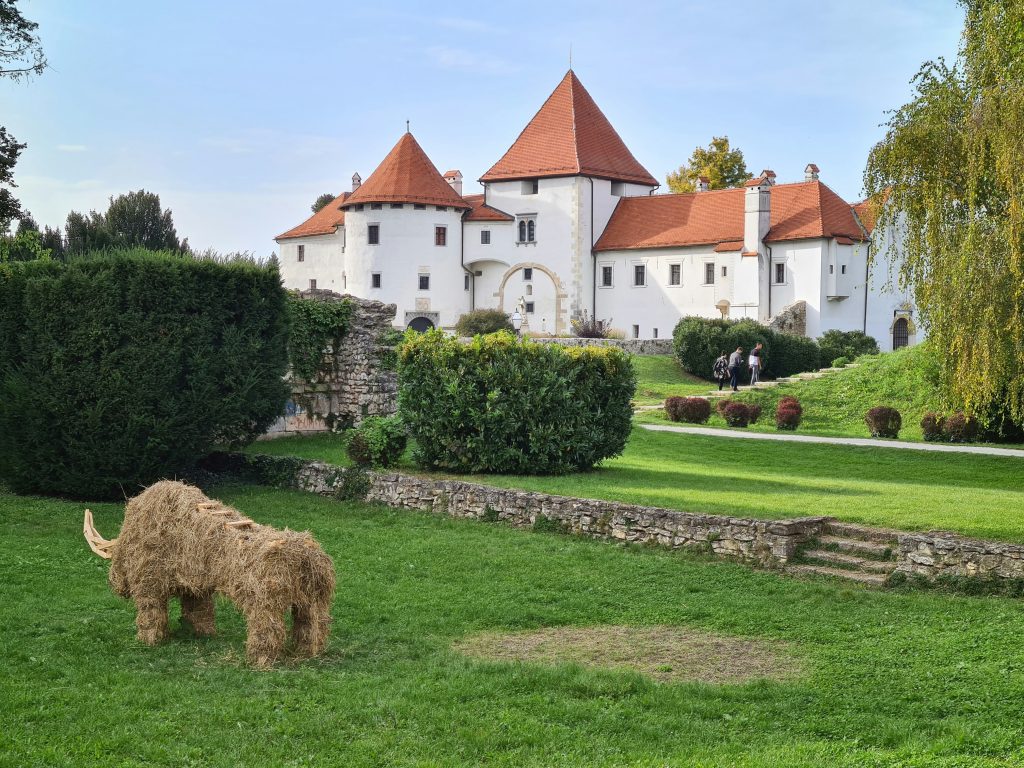
Popić pointed out that according to data from the Croatian Chamber of Commerce (HGK), health tourism in Croatia employs around ten thousand people and generates around 300 million euros in revenue.
“Despite the current situation, it’s currently expected that revenues from this form of tourism could reach one billion euros a year in the future,” revealed Popić, explaining that it is quite difficult to monitor the industry in a completely transparent manner because it extends through the public and private sectors and through three types of institutions – health institutions, special hospitals – spas and tourist facilities with wellness facilities.
Every year, there are more and more beds available in sanatoriums and hospitals for medical rehabilitation. Back in 2022, their number stood at 4,630, and the number of employees was 3,477. The number of beds will only increase thanks to multiple large investments.
Denis Kovačić, a specialist in physiatry at the head of the Varaždin Spa, opened a new National Centre for the Rehabilitation of Persons with Spinal Cord Injuries just a few months ago, and now the Varaždin Spa has been approved for 17.1 million euros from the National Recovery and Resilience Programme. That large sum will be spent on improving the overall quality of the accommodation and facilities on offer in the Minerva Hotel, which is part of the Special Hospital for Medical Rehabilitation within the Spa. “For the last five years, I’ve been doing more construction than medicine,” joked Kovačić.
Croatia is in a better market position in this regard than Slovenia
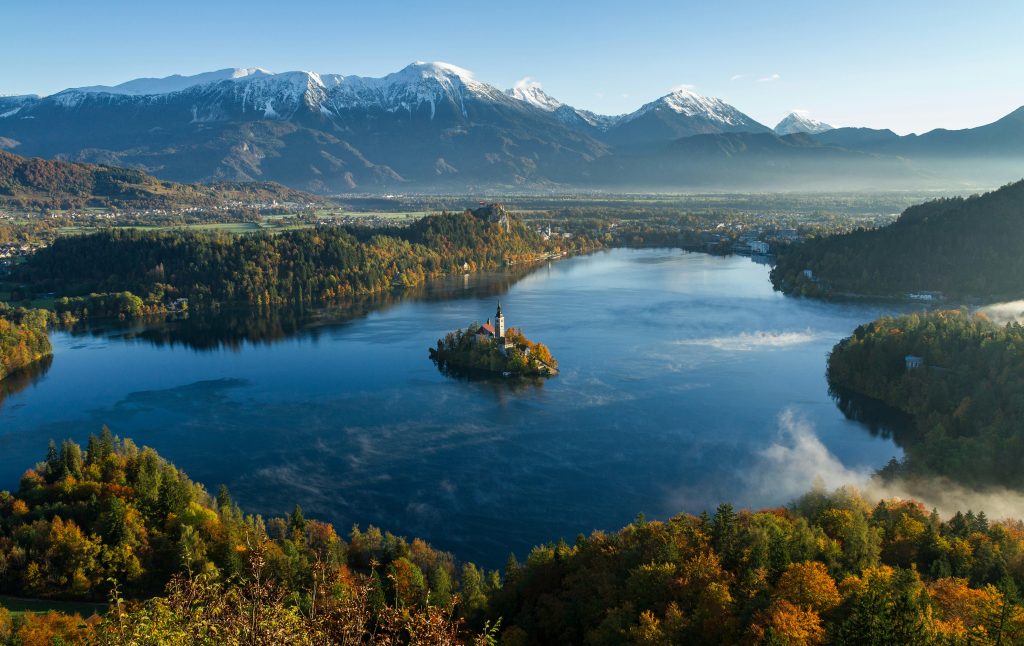
By the end of next year, Hotel Minerva should be upgraded to a four-star quality level, get an indoor and outdoor pool, catering facilities, save more energy and reduce greenhouse gas emissions. Kovačić stated that they’re closely following trends in health tourism and is convinced that Croatian wellness and public special hospitals are in a better market position today than neighbouring Slovenia’s famous spas.
“We started from the same positions more than 30 years ago, and we’ve been hearing for a long time how Slovenia is so much more successful because of privatisation, which enabled them to arrange and develop their spas to a very high level. However, throughout that process, Slovenia was left without treatment in their spas, and the fact that we didn’t implement privatisation enabled us to keep hold of our treatment activities and the professional staff that they actually ended up losing in Slovenia,” explained Kovačić.
McKinsey’s study on this year’s trends in the wellness industry is on the same track and places the increase in physician referrals among the most important trends. Marketing based on the use of influencers, as explained by McKinsey analysts, has created sources of information about Croatian wellness with varying degrees of credibility. Consumers try to avoid so-called “healthwashing”, i.e. misleading, blown up advertising that positions the product on offer as healthier than it really is.

